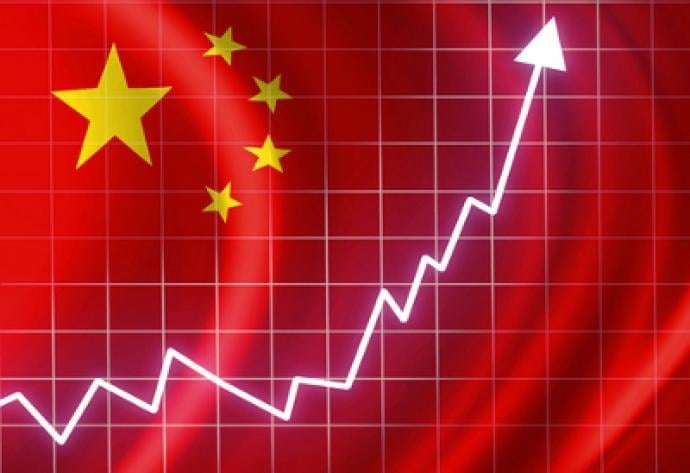BEIJING: China’s consumer prices rose faster than anticipated in July, driven largely by seasonal factors such as adverse weather conditions. This unexpected uptick has heightened concerns about sluggish domestic demand and strengthened the case for additional policy support, according to Bloomberg.
Data released by the National Bureau of Statistics (NBS) on Friday revealed that the consumer price index (CPI) climbed 0.5% year-on-year in July, surpassing the 0.3% increase predicted by analysts in a Bloomberg survey. Despite this rise, the core CPI, which excludes volatile food and energy prices, grew by just 0.4%, marking its lowest level since January and signaling continued weakness in overall consumer demand.
Serena Zhou, a senior China economist at Mizuho Securities Asia Ltd., noted that the primary drivers behind the inflation increase were unfavorable weather conditions and a low base for pork prices from the previous year, rather than a genuine rise in domestic demand. “We anticipate coordinated fiscal and monetary support in the second half of 2024,” Zhou added, emphasizing the need for government intervention to bolster the economy.
China’s economy is currently grappling with deflationary pressures, with some indicators pointing to the longest stretch of falling consumer prices since 1999. Weak consumption and subdued investment demand have sparked intense price wars in sectors such as electric vehicles and solar energy, squeezing corporate profits and leading consumers to delay purchases in anticipation of further price declines.
Adding to the deflationary trend, data also showed that factory-gate prices continued their downward trajectory, with the producer price index (PPI) falling 0.8% year-on-year in July, consistent with the decline observed in June.
Dong Lijuan, chief statistician at the NBS, attributed the rise in the headline CPI figure to a “continued recovery in consumption demand.” However, she also highlighted the impact of high temperatures and heavy rainfall in certain regions, which pushed up prices for vegetables and eggs, reversing the previous month’s declines. This rise in food prices broke a year-long trend of contraction, which had been a significant drag on consumer inflation.
Notably, the rapid increase in pork prices, the fastest since 2022, also played a role in driving up inflation. The surge was largely due to a low base effect from last year, which made the year-on-year comparison more pronounced.
Despite the overall rise in CPI, non-food items such as cars, smartphones, and home appliances saw price declines, reflecting the ongoing price wars and the lingering impact of a housing market downturn.
As China’s economy continues to face significant challenges, the need for coordinated policy measures to stimulate growth and stabilize prices is becoming increasingly urgent.























